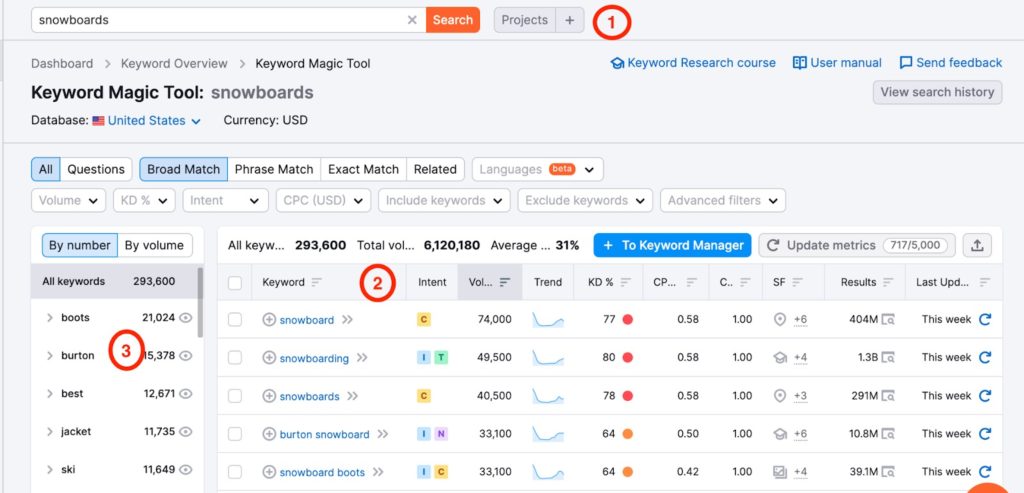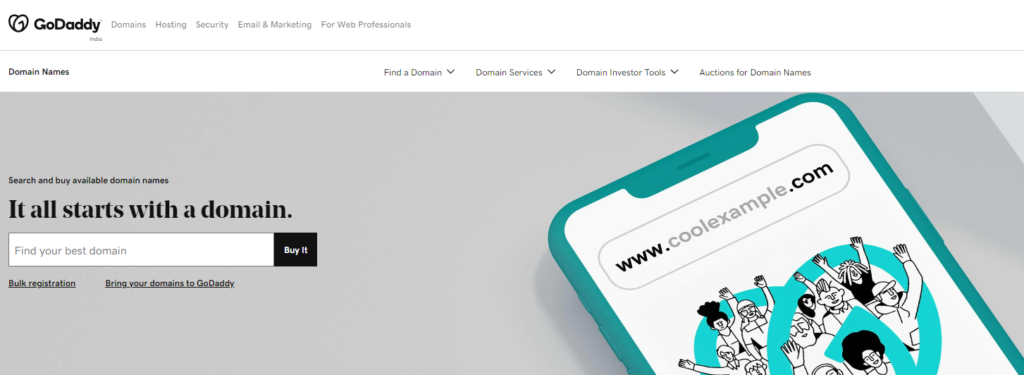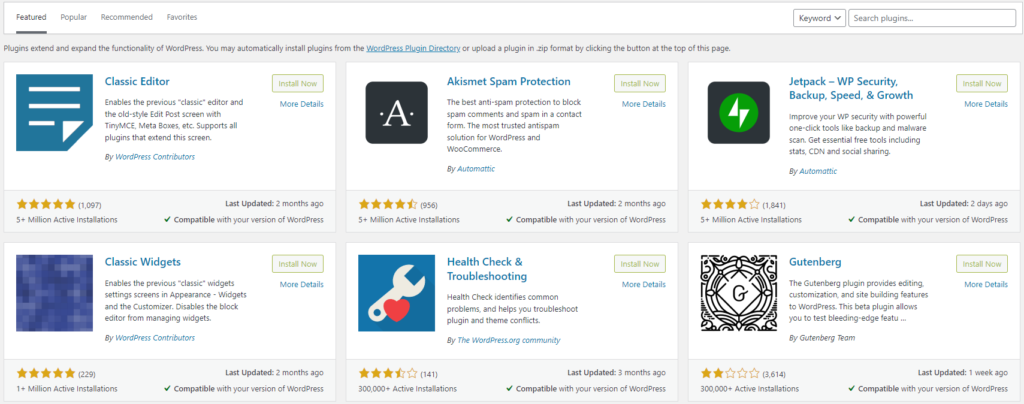Blogging is still a profitable business. You can earn up to millions if everything goes right. Creating a blog in WordPress is a simple and straightforward process. Here are 10 steps to create a WordPress Blog in 2023.
10 Steps to Create a WordPress Blog in 2023
Step 1: Niche research
Before you start creating your blog, it’s important to research your niche. A niche is a specific topic or area of interest that your blog will focus on. This could be anything from travel, food, fashion, tech, etc.
Researching your niche will help you identify the target audience for your blog, the competition, and the type of content that your audience is interested in. You can use tools like Google Trends, SEMrush, and Ahrefs, to get an idea of the trend in the topic and the keywords that are trending in your niche.

Step 2: Keyword research
Once you have a good understanding of your niche, the next step is to search low-competitive keywords. Keyword research is the process of finding the keywords and phrases that people are searching for in your niche.
You can use tools like Google Keyword Planner, Ahrefs, SEMrush, and Keywords Everywhere to find the keywords that are relevant to your niche. This will help you understand what your target audience is looking for and what type of content you should be creating.

Step 3: Choose a hosting provider
Once the niche and keyword research is done, it is time to find the right hosting for your WordPress blog. A hosting provider is a company that provides the server space and resources needed to run your website. There are many hosting providers to choose from, but some popular options include GoDaddy, NameCheap, SiteGround, and A2 Hosting.

Step 4: Register a domain name
Now register a domain for your blog. A domain name is an address that people will use to access your website. You can register a domain name through your hosting provider or through a separate domain registrar. Make sure the name is relevant to the niche you are going to work on.

Step 5: Install WordPress
After purchasing a domain and hosting, the next step is to install WordPress. Many hosting providers offer a one-click installation process, which makes it easy to get started. If your hosting provider does not offer this option, you can also manually install WordPress by following the instructions on the WordPress.org website.
Step 6: Choose a theme
Once you have installed WordPress, the next step is to choose a theme for your blog. A theme is a pre-designed template that determines the layout and overall look of your website. WordPress has thousands of free and paid themes to choose from. So take your time to find one that best suits your needs.

Step 7: Customize your blog
After you have chosen a theme, you can start customizing your blog. This includes things like adding pages, creating posts, and customizing the layout and design of your website. WordPress has a user-friendly dashboard that makes it easy to make these changes.
Step 8: Install plugins
Plugins are a great way to add additional functionality to your blog. WordPress has thousands of free and paid plugins to choose from, such as contact forms, social media sharing buttons, and SEO optimization tools. You can install plugins through the plugin section in the WordPress dashboard.

Step 9: Create content
Once your blog is set up and customized, the next step is to create content using those keywords you have found in step two. This includes things like writing blog posts, creating pages, and adding media such as images and videos. WordPress makes it easy to create and publish content, and you can schedule posts in advance to make sure your blog is always up-to-date.
Step 10: Promote your blog
Without promotion, it is difficult to rank your blog in google. There are many ways to promote your blogs, such as social media, guest blogging, and advertising. The key is to find the methods that work best for you and you. And that’s it! You have created your own WordPress blog.
Conclusion
You can follow these 10 steps to create a WordPress blog in 2023. Also, remember to keep the blog updated with fresh and relevant content. If you are too busy and need someone to create a WordPress blogging website for you, just contact me here.


Pingback: 7 Steps to Speed Up Your WordPress Website - Abed Hossain
Pingback: 10 plugins you need for a blogging website in WordPress - Abed Hossain